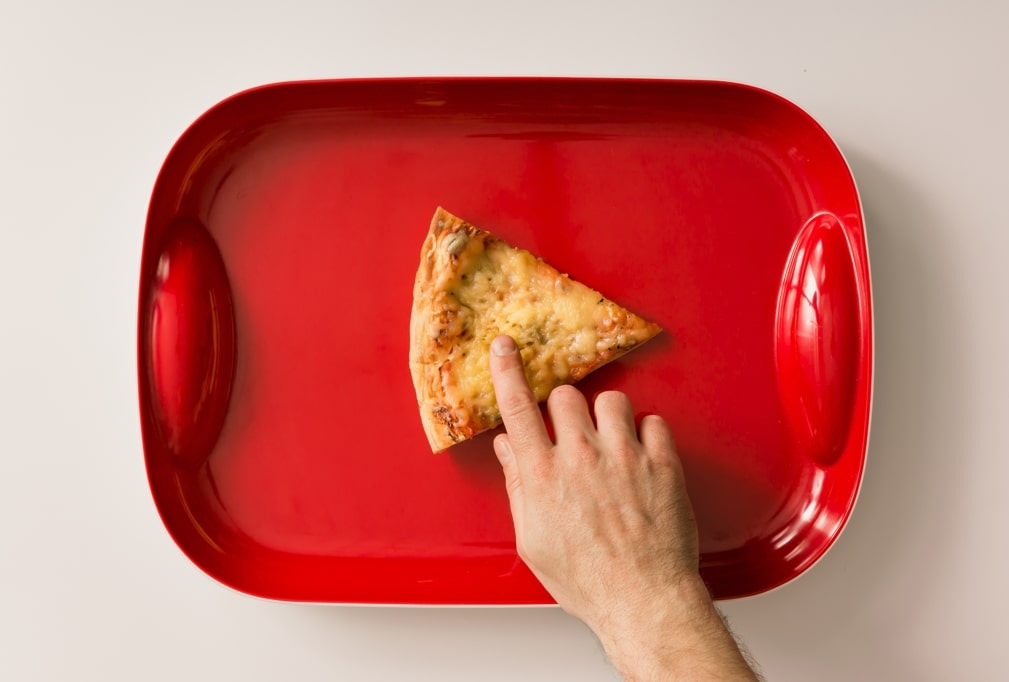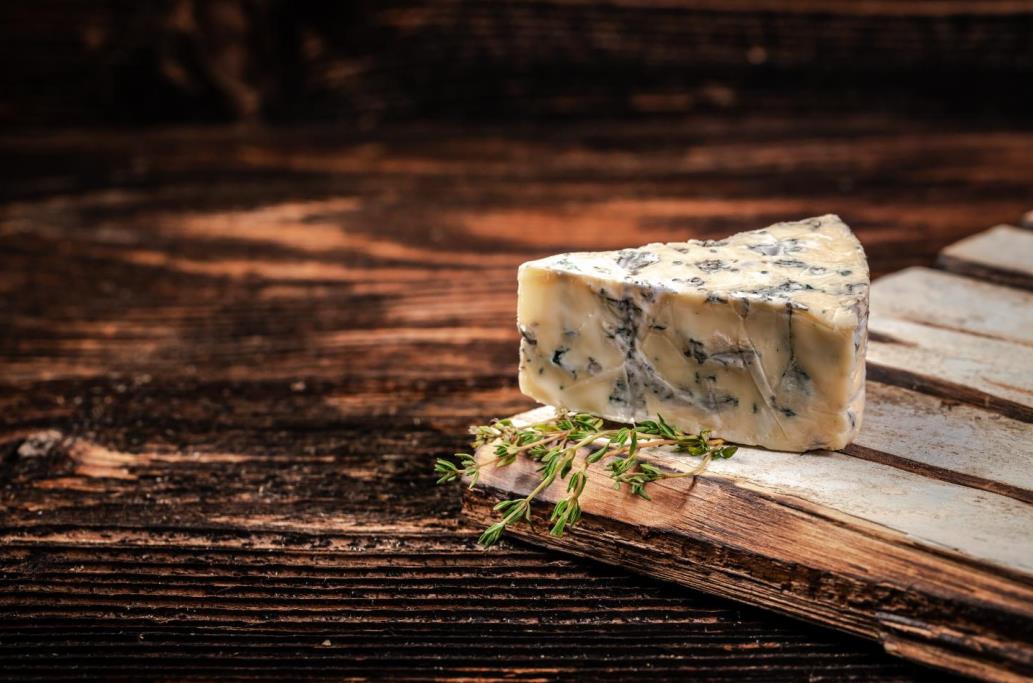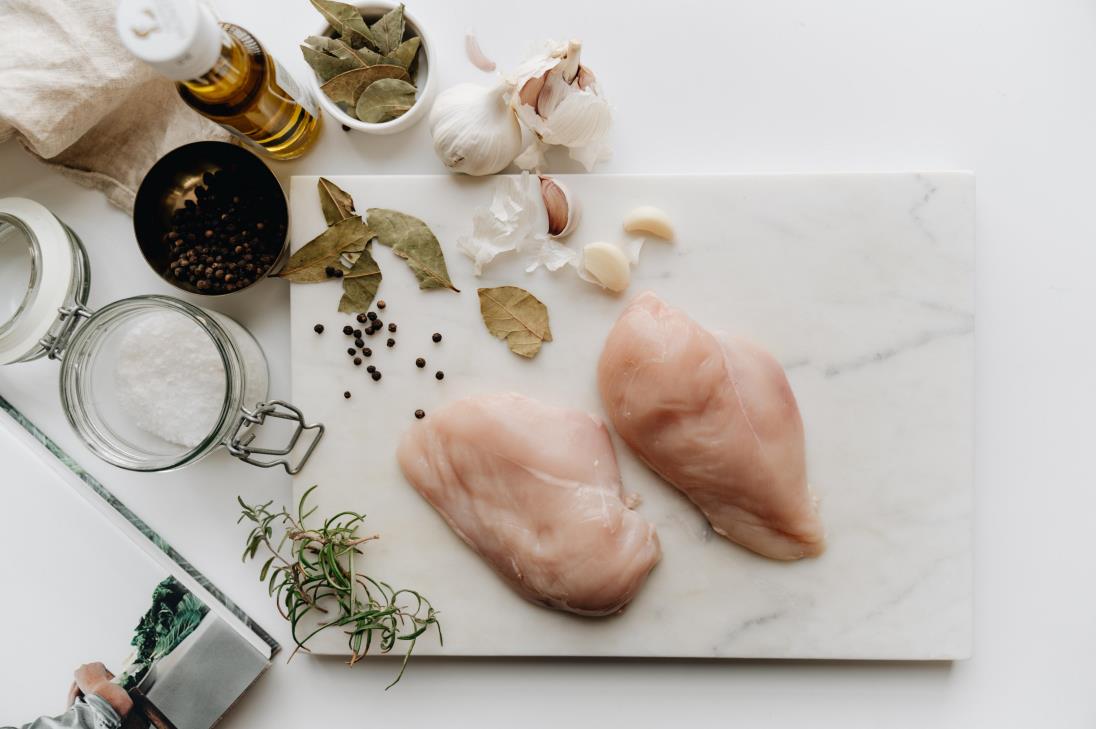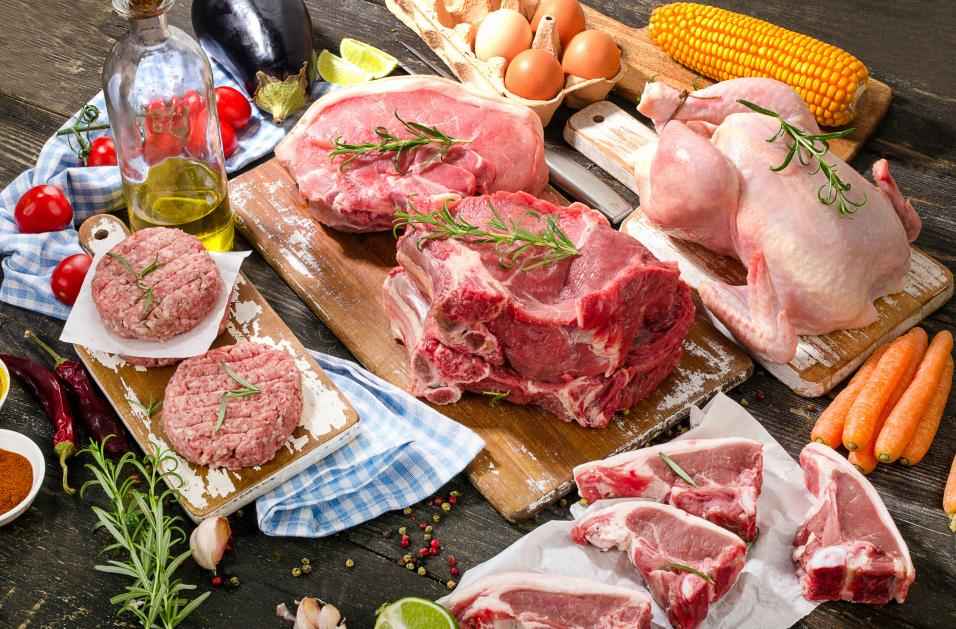When choosing the perfect chef’s knife, we often consider the type of steel, the sharpness of the blade, the handle comfort, the weight and balance, and even the price. Performance and durability are important, but so is keeping your knife in good condition. It doesn’t matter how great your knives are if you’re not using a cutting board that will ensure them last longer.
The best cutting board for knives ensures your knife stays sharp while protecting your countertops. The material should be gentle on blades, hygienic, and have the required hardness. Wooden cutting boards are the most preferred because they are durable, gentle on knives, and some have antimicrobial properties.
This article will discuss the factors you must consider when choosing the best cutting board for your knives. It will also cover the different cutting board materials available and provide a comparison of their pros and cons.
Table of contents
What consider before choosing a cutting board for knives
Several factors come into play when choosing a cutting board. While others are personal preferences, some will significantly impact your knives’ performance and longevity.
Below is a detailed explanation of each factor:
Hardness
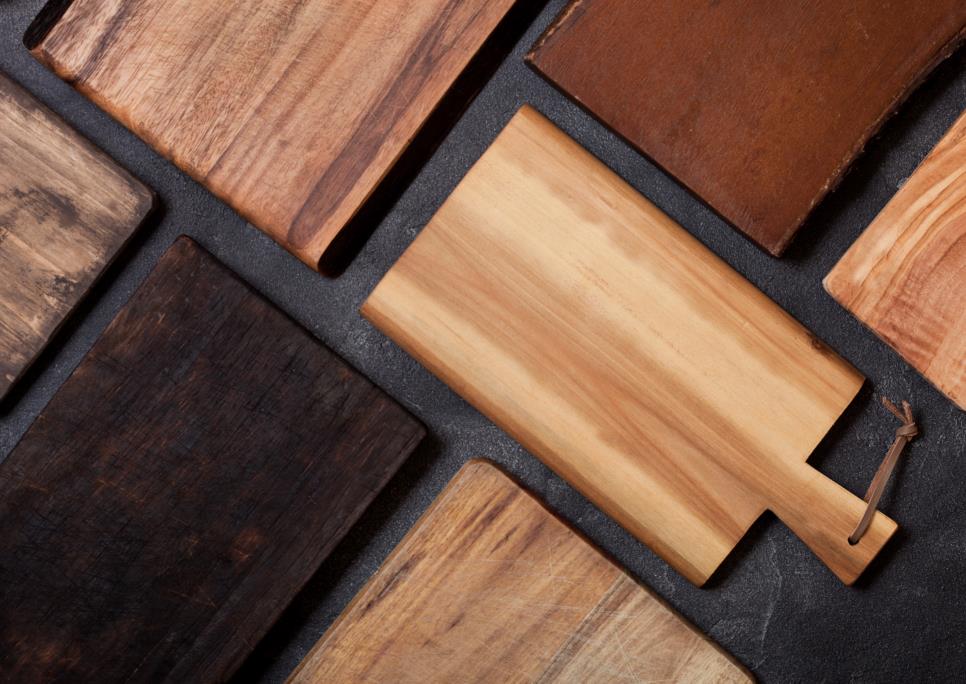
A cutting board must be hard enough to withstand repeated chopping without dulling your knife. However, it shouldn’t be so hard that it damages your blade. For instance, a wooden cutting board is hard enough to keep your knife from becoming dull quickly, but it’s also gentle enough to protect your blade from chips and nicks.
Glass and ceramic boards are too hard for knives and quickly damage the knife edge. Plastic cutting boards are a happy medium between wooden and glass or ceramic boards. They’re hard enough to protect your knives but won’t damage the blades.
Most people prefer wood or bamboo cutting boards because they’re gentle on knives and have a more natural look. To measure the hardness of a board, use the Janka hardness test. It measures the force required to embed a 0.444-inch steel ball into the wood to half its diameter.
The higher the number, the harder the board. The ideal hardness for a wood cutting board is between 900 to 1500.
Handpicked for you
True cutting power in the palm of your hand
Hygiene
Your cutting board must be easy to clean and disinfect to prevent the growth of bacteria. A board with nooks and crannies is challenging to clean and provides places for bacteria to hide. Some boards, such as wood are more absorbent than others and may need to be washed more often.
If you’re worried about bacteria, look for a cutting board that has a non-porous surface. These materials won’t absorb fluids and are easier to clean and disinfect. You can also find boards with an antimicrobial coating that helps prevent the growth of bacteria.
Size and shape
The standard cutting board size is 18 by 12 inches, with most of them shaped rectangular or square, round or oval. The size and shape of the chopping board you choose will depend on the space you have in your kitchen and how you want to use the board.
It’s also crucial to consider the thickness of the board. A thicker board is sturdier and won’t warp as quickly, but it’s also heavier and takes up more space. Consider a board between one and two inches thick if you want the best of both.
Maintenance
Ease of maintenance is another essential factor to consider when choosing a cutting board. You should look for a board that is easy to clean and won’t require too much work to keep it in good condition. Plastic is the easiest material to maintain because it’s easy to clean and doesn’t require any special care.
Wooden and bamboo boards require more work to keep them clean and in good condition. Wash them with soap and running water after each use and oil them regularly to prevent them from drying out.
What is the best cutting board for knives?
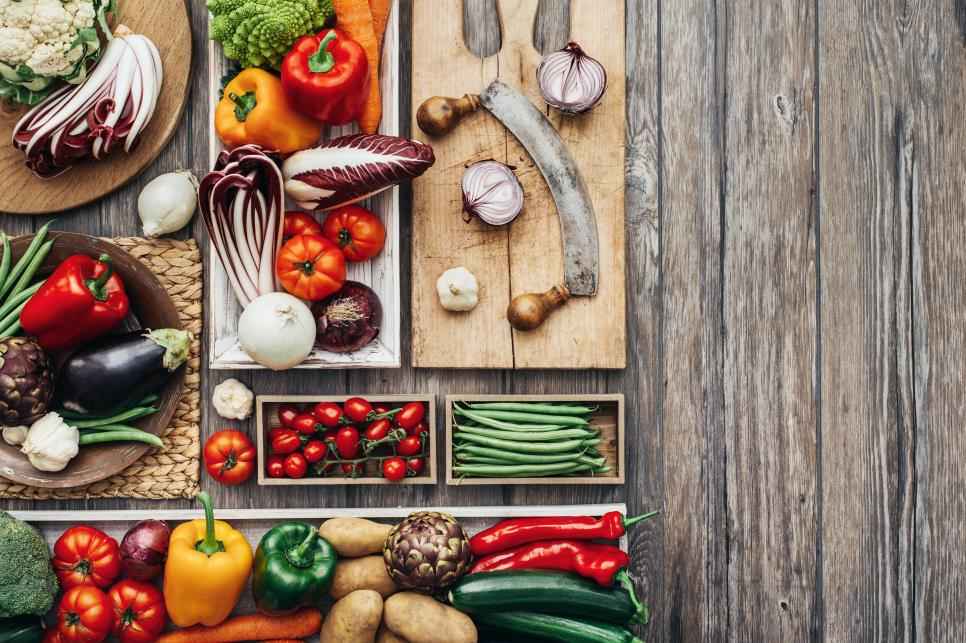
Cutting boards come in different varieties, each with its benefits and drawbacks. While the best depends on your individual needs, considering the material of construction and analyzing their features, benefits and disadvantages is the best way to narrow down your choices.
Below is a rundown of different cutting boards to help you choose the best one for your needs.
Wooden Cutting Boards
The use of wood for cutting boards dates back to ancient times. Wood is still a popular material for cutting boards because of its self-healing properties, durability, aesthetics, and food-safety features. Most importantly, it’s gentle on knives, making it ideal for everyday use.
Pros
- Features antibacterial properties
- Won’t easily dull knives
- It comes in a variety of options
- Durable and reliable
Cons
- Soaking and warping are common issues
- Highly absorbent
- It requires special maintenance
Wood can either be hardwood or softwood. Hardwood is the best wood for cutting boards because it’s more durable, less porous, and easier to clean, and you can easily sand it down when it starts to show wear and tear. Below are some popular hardwood options for cutting boards.
- Maple: Maple wood is one of the best woods for cutting boards. It’s hard but doesn’t dull knives, is easy to clean, and resists bacteria. Maple is also a sustainable resource since it grows quickly and regenerates easily.
- Walnut: Although softer than maple, walnut wood is still a good option for cutting boards. It’s durable and has a beautiful grain that adds character to your kitchen. The darker color of walnut can also help hide stains and scratches.
- Teak: Teak is another popular hardwood for cutting boards. It’s very durable and has natural oils that make it resistant to bacteria. Teak is also a sustainable wood since it’s often used for reclaimed or recycled lumber.
Bamboo cutting boards
Bamboo is a fast-growing grass often used as an eco-friendly alternative to wood. It’s a popular material for cutting boards because it’s durable and easy to clean. Bamboo is also a sustainable resource since it regenerates quickly and doesn’t require chemicals or pesticides to grow.
Bamboo is relatively harder than wood. As such, it isn’t the best material for knives. It has high silica content. The tiny particles can dull even the most complex alloys.
However, if you’re looking for a cutting board that’s both hard and light, bamboo could be a suitable material for you. And because of their aesthetic appeal, bamboo cutting boards also make excellent serving platters and charcuterie boards.
Pros
- Affordable
- Lightweight and easy to store
- Bacteria-resistant
- Renewable and eco-friendly resource
- Eco-friendly
Cons
- Can retain stains
- High hardness can dull knives
- Requires high maintenance
- It has toxic glues and silica
- It warps when exposed to too much moisture
Plastic cutting boards
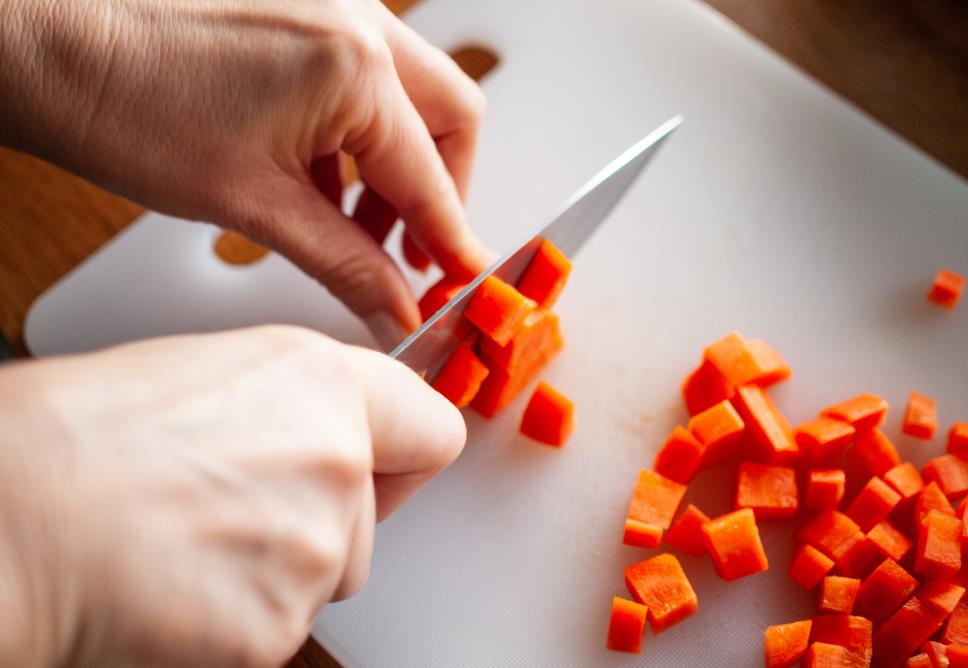
Most people opt for plastic cutting boards because they come in different colors, styles, and design options. Moreover, plastic is lightweight and doesn’t require much maintenance. It’s also a cheaper option compared to wood or bamboo.
However, after extended use, plastic cutting boards can develop deep cuts and crevices, allowing liquids to penetrate and stain the board. These grooves and crevices are prone to harboring bacteria. It is crucial to replace your plastic cutting board when it starts to show wear and tear.
Plastic cutting boards aren’t so lenient on knives, either. The hardness levels of different plastics can vary, but they’re generally harder than wood. As such, using a plastic cutting board will eventually dull your knives. While plastic may not be too hard to damage the knife immediately, it’s not the best material for a primary cutting board.
Pros
- It comes in different colors, styles, and design options
- Lightweight and easy to store
- It’s easy to clean and doesn’t require much maintenance
- It’s dishwasher safe
- Inexpensive
Cons
- Some are too light and can slide while cutting
- The crevices can harbor bacteria
- Not eco-friendly and not biodegradable
Composite/marble/glass cutting board
Of the three, composite cutting boards are the most durable. They’re made of compressed wood fibers, resin, and other materials that make them resistant to cuts, scratches, and heat. The quality of composite cutting boards varies depending on the materials used. Some are even dishwasher safe. However, they contain silica and glue, which isn’t safe for food. It’s also not dishwasher safe.
Marble and glass cutting boards are beautiful but not the most practical. They require more care than other materials and can easily crack or chip.
Neither of the three is suitable for your knives. Composite, marble, and glass cutting boards have an extremely hard cutting surface that isn’t ideal for knives. The hard surface can cause the blade to chip or crack. In addition, the knives can slip and slide on a smooth surface, which can be dangerous.
Instead of damaging your knives with these cutting boards, you can use them as serving platters or charcuterie boards. They also make excellent rolling pans for dough.
Pros
- It has a beautiful design
- Moderately priced
- Composite uses recycled materials
- They won’t warp
Cons
- The hard surface will damage your knives
- It’s not dishwasher safe
- Can crack or chip easily
- Slippery surface
Best chopping board for knives: comparison table
Below is a comparison table for the different types of cutting boards:
| Wood | Bamboo | Plastic | Composite/Marble/Glass | |
| Hardness | A variety of hardness, depends on wood type | Relatively hard | Relatively soft | Very hard |
| Ease on Knives | Depends on grain and wood, most are gentle on knives | Prone to dull knives | Gentle on knives | Dull knives very quickly |
| Hygiene | Hygienic with antibacterial property | Hygienic with antibacterial property | Not hygienic | Hygienic without porous |
| Maintenance | High | Moderate | Low | Low |
Handpicked for you
True cutting power in the palm of your hand
Closing
After taking a closer look at the various types of cutting boards, it’s clear that each material has its own set of features, benefits, and disadvantages. It’s our hope that this article helps you make an informed decision about the best cutting board for your knife. Consider the type of knife you have, the frequency of use, and your budget when choosing a cutting board. For most people, a wooden cutting board is the best option.
If this article answers your question, you’ll probably like more from our blog. You can also visit our HDMD store for a section of high quality knives that will change the way you cook.








